Vær på vagt overfor Agenda 21 og dens Green New Deal!
Tilsyneladende natten over er Green New Deal ankommet. I betragtning af vores miljøs sølle tilstand, hvilke mulige indvendinger kunne der mon være? i dette tilfælde mange, og de spores alle tilbage til Green New Deals dybt komplekse og skjulte forbindelser til FN's agenda 21.
De som hævder, at Agenda 21 ikke beløber sig til meget mere end en højreorienteret råben, eller at den på én eller anden måde er knyttet til antisemitisme er i bedste fald alvorligt misinformerede. De som køber den omhyggeligt formulerede jargon om Bæredygtig Udvikling, Smart Growth, Redevelopment og Green New Deal er tilsvarende misinformerede og har brug for at vide, at miljøbevægelsen i realiteten er blevet kidnappet af Agenda 21 planen.
Først, lidt baggrund
Journalisten Thomas L. Friedman tilskrives undertiden at være den originale kilde til udtrykket "Green New Deal" fordi i to artikler i 2007 i New York Times og New York Times Magazine forbandt Friedman FDR's "New Deal" med en ny "grøn" økonomi, hvilket indikere at dette kunne give en økonomisk igangsætningsprogram som kunne regulere den økonomiske ulighed og klimaforandring på samme tid. Næsten profetisk argumenterede Friedman i tidligere artikler for, at en "jernnæve inde i en fløjlshandske" ville være nødvendig for at opretholde en kommende ny verdensorden.
Kommentar: Delvist oversat af SOTT.net fra Beware Agenda 21 And Its Green New Deal Plundering The World Under The Guise of Sustainable Development
På dansk er der også skrevet om Green New Deal https://jyllands-posten.dk/politik/ECE11337057/pernille-skipper-kalder-til-europaeisk-kamp-for-klimaet/
The same year the Friedman articles came out, the Green New Deal Group was formed. By July of 2008 this group came out with its Green New Deal Report which was originally published by the New Economics Foundation. A few months later, in October of 2008, Adam Steiner, who was Executive Director of the United Nations Development Programme (UNEP), unveiled the Global Green New Deal Initiative, the objective of which was to rescue the failing global economy by creating jobs in "green" industries, "funded" of course by the big banks.
Then, following the example set by the European Greens in 2006, the United States Green Party adopted a Green New Deal platform in 2010. To its everlasting credit, the U.S. Green Party has also placed monetary reform as one of its core planks, ending the banking system's privilege of creating the nation's money (as credit or debt) and returning the monetary privilege to the government where it belongs, without which reform no other reforms are possible. Other political parties would do well to adopt this most important objective, since this is the true heart of "populism" historically. However, the vast bulk of the Green Party's Green New Deal platform bears a marked (and troubling) resemblance to the Green New Deal as set out through the United Nations Agenda 21 Sustainable Development program.
Most recently, a twenty-nine-year-old freshman Congresswoman from New York, Alexandria Ocasio-Cortez, has overnight managed to not only make national headlines but garner the full attention of Congress, a feat never before accomplished by one so young and so soon in office. It was her promotion of the Green New Deal that seems to have garnered her such sudden fame. But the so-called legislation she has been promoting is in reality a "draft text" that calls for a proposed addendum for House Rules: it changes the rules and creates a new process for the allocation of power, all the while echoing almost verbatim United Nations Sustainable Development Goals. As a recent article in Technocracy News says, with a complete version of AOC's "bill" included: "Its scope and mandate for legislative authority amounts to a radical grant of power to Washington over Americans' lives, homes, businesses, travel, banking, and more." Dr. Naomi Wolf confirms by going over the document point by point.
The Green New Deal is in fact a part of a global sustainable development program that was officially rolled out at the "Earth Summit" held in Rio De Janeiro, Brazil in 1992. Out of that summit came Agenda 21 Earth Summit: The United Nations Program of Action from Rio, a 354-page document that can be purchased at online book retailers or downloaded in pdf format from the UN website.
Agenda 21 has been updated to include Agenda 2030 for Sustainable Development and its offshoot the Global Green New Deal, which is a program that was commissioned by the United Nations Environment Program, or UNEP for short, mentioned above. A map and outline of "partners" reveals just how deeply embedded in global thinking this program has become. Effectively, Agenda 21 provides the template while Agenda 2030 gives the goals for achieving "sustainable development".
Inasmuch as Sustainable Goal 13 is about Climate Action, it is worth noting that in 2009 the United Nations Framework Convention on Climate Change (UNFCCC) set up an unelected international climate regime with authority to dictate land use, relocate "human settlements" and directly intervene in the financial, economic, health care, education, tax and environmental affairs of all nations signing the treaty. One must wonder why upwards of $100 billion has been spent on promotion of the current global warming model yet next to no discussion is devoted to natural forcing agents such as solar and cosmic radiation, volcanoes, clouds, water vapor, and grand solar minimums - even though these have been well-documented in the scientific literature to have significant impact on climate. Nor have funds been committed to disseminating information about military weather warfare or other long-standing geoengineering projects and their effect on climate. Yet at least five geoengineering Solar Radiation advocates co-authored the section covering contrails in the 2007 IPCC report.
As uncovered by prominent activist Rosa Koire, Sustainable Development was originally created and defined by the United Nations in 1987. President George Herbert Walker Bush, along with leaders from 178 other nations, signed the "Action Plan" unveiled at Rio in 1992.
This plan is anchored by the political philosophy of Communitarianism, which effectively establishes a new legal system used by regional and local governments affiliated with the emerging global government, circumventing national law via a program of "balancing." Implemented by a relatively small self-appointed group of decision-makers and influencers who achieve "consensus" among themselves rather than through the public voting process, this philosophy holds that the individual's rights are a threat to the global community. In practice, the consistent rallying cry "for the greater good" is defined any way that suits those in power.
Within six months of his election in 1992, former President Bill Clinton issued Executive Order #12852, thus creating the President's Council on Sustainable Development, or PCSD. This Council ran for six years, 1993-1999. Its members included Cabinet Secretaries for Transportation, Agriculture, Education, Commerce, Housing and Urban Development, the Environmental Protection Agency, the Small Business Administration, Energy, Interior, and Defense. CEO's of various businesses, such as Enron, Pacific Gas & Electric, BP Amoco, Dow Chemical and others were also included, as were environmental organizations, including the National Resources Defense Council, Sierra Club, World Resources Institute, the Nature Conservancy, the Environmental Defense Fund, among others.
To further facilitate the transition, Clinton awarded the American Planning Association a multi-million dollar grant to write a land use legislative blueprint for every municipality in the U.S. Completed in 2002, this blueprint is entitled Growing Smart Legislative Guidebook with Model Statutes for Planning and the Management of Change. As Koire tells us, this guidebook is being used in every university, college and government planning office in the nation. And as part of the Common Core program for the younger set, former Vice President Al Gore helped write Rescue Mission Planet Earth: A Children's Edition of Agenda 21.
In 2012 "H Concurrent Resolution 353" was discussed by the U.S. Congress. A short, 8-minute video clip shows various members, including House Speaker Nancy Pelosi, rising in support of H CON Res 353, which "expressed the sense of the Congress that the U.S. should take a strong leadership role in implementing the decisions made at the Rio Earth Summit by developing a national strategy to install Agenda 21 and other Earth Summit agreements through domestic and foreign policy."
As Koire relates, the clear goal of these initiatives was, and is, to change public policy to bring it into alignment with the Agenda 21 plan.
Implementation and Implications
Agenda 21 is a global plan that is to be implemented locally via "soft law". Despite the fact that this agenda would have far-reaching material impact on each and every one of us, the U.S. citizenry has not been given the opportunity to study or vote on any of the various facets of Agenda 21. Moreover, the vast majority, out of deep concern for the planet, are effectively neutralized by the jargon, buzz words and slogans with purposely obscure definitions, all of which are dreamt up by the best PR firms money can buy. Perhaps even worse, as Rosa Koire, who has experienced negative ramifications in her Santa Rosa community, writes in Behind the Green Mask:
The irony is that UN Agenda 21 mandates 'more' citizen involvement but does it by creating so many boards, commissions, regional agencies, non-profits, meetings and programs that it is impossible to stay on top of what is happening. We're too burned out to fight more than one issue at a time. So we become, necessarily, more fragmented, less of a neighborhood, exhausted and isolated because we can't keep up. The so-called citizen involvement is dictated by phony neighborhood groups with paid lobbyists and facilitators running them. The boards and commissions are chosen based on 'team players' or shills selected to push through an end game by running over the few actual unconnected citizens. These groups are the 'prescreening groups' for candidates for public office. THEY are the ones who get donations at election time. It's doubtful that anyone will get on the ballot who doesn't play ball.There were 17 official sustainable development goals (or SDGs) for the new 2030 Agenda that was universally adopted by nations around the world at the United Nations plenary meeting in New York on September 25, 2015. These SDGs do not replace Agenda 21. The 2030 Agenda clearly states, "We reaffirm all the principles of the Rio Declaration on Environment and Development, including, inter alia, the principle of common but differentiated responsibilities."
A short article, titled 'Agenda 2030 Translator: How to Read the UN's New Sustainable Development Goals', unveils some of the actual consequences of the Agenda. To start you off, Goal 1 as stated: End Poverty in all its forms everywhere. Goal 1 as translated: Centralized banks, IMF, World Bank, Fed to control all finances. Goal 2 as stated: End hunger, achieve food security and improved nutrition and promote sustainable agriculture. Goal 2 as translated: GMOs. And so on.
Another article titled simply Agenda 21 shows how, big 'S', Sustainable Development will affect the farmer:
If you own livestock and they can drink from a creek, then they want you to permanently fence off your own land to prevent any upset of potential fish habitat... Agenda 21 focuses on the goal of eliminating meat consumption and using pastures to grow wheat, corn and soy for human consumption. To get us to comply, we're told in endless propaganda campaigns that meat is dangerous and the vegan lifestyle is the only healthy alternative... "Grazing livestock" is listed as "unsustainable" in the UN's Global Biodiversity Assessment Report. In the same document, agriculture and private property are listed as "unsustainable." All the private property and water rights infringements we have been seeing come directly out of the Sustainable Development programs. They come in a wide variety of names to throw people off, such as Comprehensive Planning, Growth Management, Smart Growth, and so forth.The local government implementation of Agenda 21 was prepared by ICLEI (which stands for International Council for Local Environment Initiatives) for the Earth Council's Rio+5 Forum held April 13-19, 1997, in Rio de Janeiro, Brazil; for the 5th Session of the UN Commission on Sustainable Development; and for the UN General Assembly's 'Earth Summit+5' Special Session. Out of this came The Local Agenda 21 Planning Guide, put out by ICLEI and the United Nations.
Resilient Cities are part of ICLEI. According to its website the organization was founded in 2010 by ICLEI (now known as Local Governments for Sustainability), the affiliated World Mayors Council on Climate Change and the similarly affiliated City of Bonn, Germany. Resilient Cities is billed as the first forum on cities and adaptation to climate change. In 2012 Resilient Cities was renamed the Global Forum on Urban Resilience and Adaptation.
Smart Growth, Smart Cities and 5G
Smart Growth and Smart Cities are also part of the 'sustainability' plan as evidenced by their lofty-sounding goals, which somehow fail to look at 'new' energy or even non-industrial hemp as a soil-rebuilding, environment-friendly way to provide a sizable portion of the nation's energy needs; which fail to understand the crucial importance of restoring carbon-rich humus to the soil via holistic livestock management and other forms of regenerative agriculture; which somehow rely on the big banks and a flotilla of 'investors' rather than doing the obvious by reforming the nation's monetary system; and which, as Koire and others correctly assert, can only lead to totalitarianism in the end.
The explosive, worldwide rollout of 5G networks "makes Smart Cities a reality," despite recognized and significant associated health risks. By September of 2018, thanks to an FCC ruling and carrier lobbying, twenty states, seemingly under cover of night, had already passed legislation to strip their cities of the power to regulate 5G rollouts. The FCC ruling in particular has sparked considerable push-back, because not only will the FCC's move force taxpayers to subsidize industry access to publicly-owned infrastructure but, as chief information officer for New York City Samir Saini declared: "the FCC is threatening the public's right to control public property, and dozens of cities, states, and towns from New York City to Lincoln, Nebraska, to Anchorage, Alaska, are ready to defend that right on behalf of our residents and taxpayers."
On top of all this we now find that the "tsunami" of data collection enabled by 5G could consume one fifth of global electricity by 2025. As most know, wind and solar (both of which also have significant environmental and land use problems) just won't cut it, and especially so with 5G.
An Endless Web of Carefully-Branded Commissions, Boards, Agencies and Programs
Other groups and organizations tied to Agenda 21 continue to proliferate. These organizations include those that formulate 'Climate Action Plans' now being adopted by local communities worldwide. The Center for Climate Solutions is one such organization and the California-based Institute for local Government is another. You can google your state, city or county plus "Climate Action Plan and Resilient Plan" to learn more about how this is taking place in your own community. You can bet that none of them include alternative forms of 'new' energy (including soil building non-industrial hemp) or regenerative (carbon-sequestering) agriculture, which can only be properly practiced by small producers.
A sample of Agenda 21 plans tailored for North American cities:
An offshoot of the Regional Planning Association is America 2050, whose focus is on planning for the emergence of mega-regions, or high density urban areas, along with infrastructure development, with the aim of "shaping the infrastructure investment plan" and "providing leadership on a broad range of transportation, sustainability, and economic-development issues impacting America's growth in the 21st century." FEMA feeds into the development of mega-regions through its Hazard Mitigation Program, by which it, as well as the HUD, provides grants to assist - at taxpayer expense - state and local communities with the purchase of properties located in high fire risk, high flood risk, high erosion risk, high mudslide risk areas.
'Redevelopment' is another important and mis-leading buzzword, as it in truth represents an "unknown government" which, among other things, uses eminent domain for private gain, not 'the greater good', despite claims to the contrary. As Koire writes in Behind the Green Mask:
A little 40-page book titled Redevelopment: The Unknown Government put out by the California Municipal Officials for Redevelopment Reform lays out the ugly truth with charts, cartoons and hard data... Supported by powerful lobbyist groups fronting bond-brokers, lawyers, and debt consultants, the trend of designating more and more redevelopment areas is also supported by government agency staff members and private businesses that profit from redevelopment. Diverting property taxes to these bloodsuckers is big business: by 2006 redevelopment agencies statewide (in California) had amassed $81 billion in bonded indebtedness, a figure that is doubling every 10 years. And don't think that this is only in California - it's in nearly every city and county in the United States. Because the agencies can sell bonded debt without voter approval (unlike school boards) and the city's general fund is responsible for any over-extended debt, these are cash cows for bond brokerage firms.Other organizations tasked with promoting 'sustainable development' and its corollary the 'Green New Deal' include the Organization of Economic Cooperation and Development or OECD, and the World Resources Institute.
Food Production and Food Choice
The World Resources Institute recently published Creating a Sustainable Food Future, which was produced "in partnership with the World Bank, UN Environment (UNEP), UN Development Programme and the French agricultural research agencies CIRAD and INRA." On its publication announcement page, it asks whether we will be able to produce enough food sustainably to feed the estimated 10 billion people that will exist on the planet by 2050.
As explained in fair detail in my book Climate Change, Land Use and Monetary Policy, the answer is a resounding yes! Contrary to Agenda 21 fears, we will be able to sustainably feed, conservatively, 20 to 30 billion people worldwide if we change the way we do agriculture, which MUST include holistically managed livestock. In so doing we will dramatically reduce the amount of land now devoted to industrial agricultural systems and the amount of pollution generated by such systems - all while putting carbon back in the soil where it is needed to sustain life on this planet.
Comment: In short; cut way back on carbs and eat much more meat. One British ecologist saw the light when he tested precisely the opposite theory to what the Greenies claim is fact:
At first glance the above-mentioned World Resources report also seems to agree, as indicated by this 2018 headline in a San Francisco Chronicle article titled 'New Report Urges Drastic Changes in Food Production and Consumption'. The article goes on to summarize the report's version of 'sustainability':
The core recommendations of the 96-page report line up with many of the innovations that are already happening, sometimes at a small scale, at many Bay Area farms, food companies and tech startups. That includes the development of plant-based meat substitutes, companies and local governments that focus on reducing food waste, and farms that are making changes to reduce greenhouse gas emissions... The report calls on governments to fund research and development and to provide "flexible regulations" for new technology such as plant-based meat substitutes and innovations in plant breeding like genetic editing... Individuals should make changes to their diets, too, the authors say, especially in wealthy countries like the United States where the majority of animal-based foods are eaten ... A lot of the technological advances the report urges are happening in the Bay Area. The region has become a global hub for the creation of plant-based meat substitutions, including those made by Impossible Foods of Redwood City... A new batch of companies is developing lab-grown or "cultured" meat that will be made of chicken, beef or fish tissue from cells but won't require raising or killing animals.
Green Grabbing, The Best Way to Save Nature Is to Sell It
The 1992 Rio Earth Summit spawned a series of world summits on sustainable development sponsored by the UN. In 2012 the 20th anniversary of the Rio summit was dubbed Rio + 20. Its focus was the Green Economy with the specific purpose of ushering in global economic growth by putting market values on environmental services and environmentally-friendly production and consumption. This plan led to the term 'green grabbing', which refers to the appropriation of land and resources - purportedly for environmental ends. It should, therefore, come as no surprise that, as this article in Bloomberg suggests, Wall Street Is More Than Willing to Fund the Green New Deal.
Some illustrative excerpts which were taken from a 2012 article titled 'Green Grabbing Our Future at Rio + 20', appeared in my book Climate Change, Land Use and Monetary Policy. The article was originally posted on the Food First website, and was written by Eric Holt-Gimenez, Executive Director of Food First. Some excerpts:
The Rio process itself has been steadily privatized under the weight of 20 years of neoliberal globalization. As the global contradictions between economy and environment have intensified, nature itself is becoming a source of profit... What was once a state-oriented, regulatory framework has morphed into a market-based, corporate initiative.Summing It Up
The corporate trend to privatize and commercialize ecosystem services and resources in the name of environmental protection is known as "green grabbing" as these schemes can result in local communities losing resource rights... It is the favored approach of the big conservation organizations like World Wildlife Fund (WWF), Conservation International (CI) and the International Union for the Conservation of Nature (IUCN), who have thus guaranteed their place at the Rio+20 negotiating table alongside neoliberal governments and powerful multinational business interests.
The Green Economy concept that determines the content of all submissions [for the Zero draft report] was itself created by a group led by Pavan Sukhdev, a former senior banker from Deutsche Bank and head of UNEP's Green Economy Initiative. This is a reflection of a long trend in partnering between the CBD, big environmental organizations and corporate representatives i.e. the World Business Council on Sustainable Development, the International Chamber of Commerce, CI, WWF, IUCN etc.
The dubious justification for bringing nature to Wall Street - where credits and shares of ecosystem services, biodiversity derivatives, avoided emissions and even wildlife species banking can be chopped up, repackaged and resold along with debt, mortgages, hedge funds and the like - is that the best way to save nature is to sell it. In doing so, we are told, we will grow the economy and this in turn will benefit the poor, thus ending poverty and hunger."
In practical terms, Agenda 21 is a global plan implemented locally through ICLEI (and other bodies and organs) using "soft law". The following excerpts from an article titled 'UN's Agenda 21 Targets Your Mayor' provide a useful example of how local implementation occurs:
From June 1 through 5, 2005, the city of San Francisco was the site of an international conference called "World Environment Day." But the agenda of this conference was much bigger than just another hippy dance in the park. This meeting of the global elite had a specific target and an agenda with teeth. The goal was the full implementation of the UN's Agenda 21 policy called Sustainable Development, a ruling principle for top-down control of every aspect of our lives - from food, to health care, to community development, and beyond. This time, the target audience is our nation's mayors. The UN's new tactic, on full display at this conference, is to ignore federal and state governments and go straight to the roots of American society. Think globally - act locally.Rosa Koire, mentioned earlier, sums up the end game on her website Democrats Against Agenda 21:
Here's a quick look at a few of the 21 agenda actions called for. Under the topic of energy, action item number one calls for mayors to implement a policy to increase the use of "renewable" energy by 10% within seven years. Renewable energy includes solar and wind power.
Not stated in the UN documents is the fact that in order to meet the goal, a community would have to reserve thousands of acres of land to set up expensive solar panels or even more land for wind mills. Consider that it takes a current 50-megawatt gas-fired generating plant about 2-5 acres of land to produce its power. Yet to create that same amount of power through the use of solar panels would require at least 1,000 acres. Using wind mills to generate 50 megawatts would require over 4,000 acres of land, while chopping up birds and creating a deafening roar. The cost of such "alternative" energy to the community would be vastly prohibitive. Yet, such unworkable ideas are the environmentally-correct orders of the day that the mayors are being urged to follow."
The problem that almost no one sees is that UN Agenda 21/Sustainable Development is the action plan to inventory and control all land, all water, all minerals, all plants, all animals, all construction, all means of production, all information, all energy, and all human beings in the world. Agenda 21/Sustainable Development is about Inventory and Control!Beware Agenda 21 and its Green New Deal!
About the author
Geraldine Perry is the co-author of The Two Faces of Money and author of Climate Change, Land Use and Monetary Policy: The New Trifecta. Read other articles by Geraldine, or visit Geraldine's website.


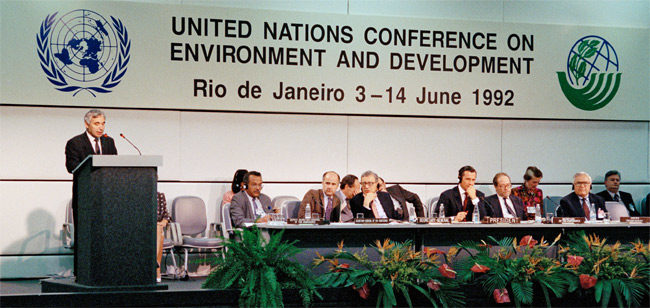
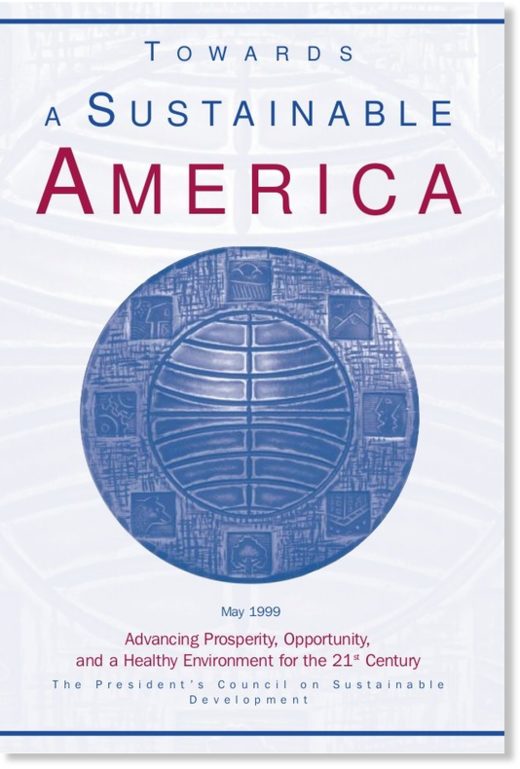
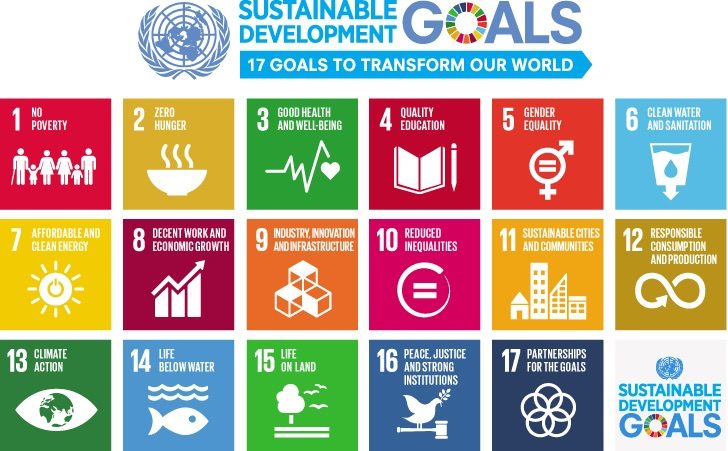
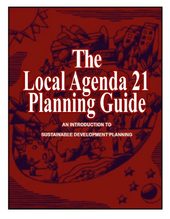
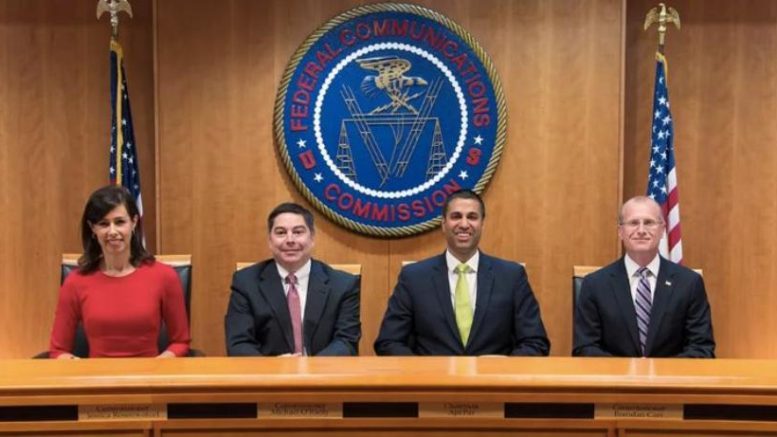
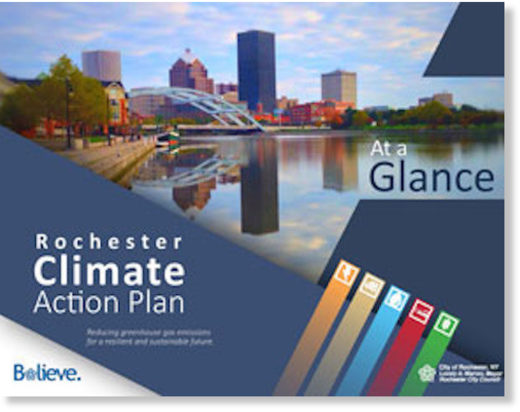
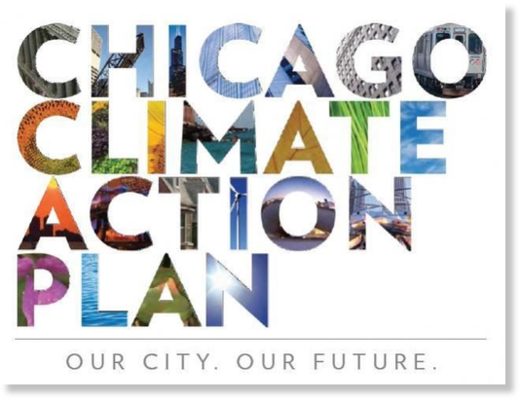


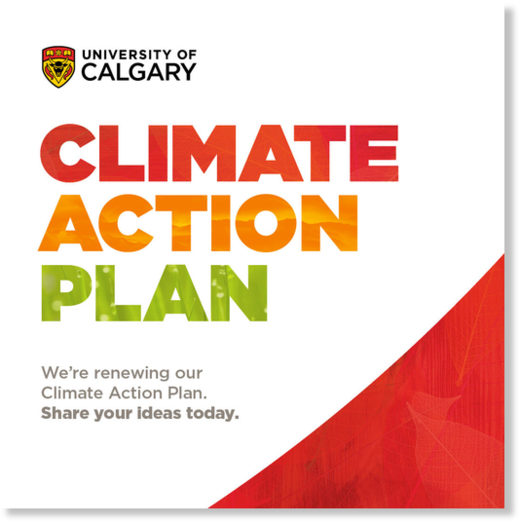


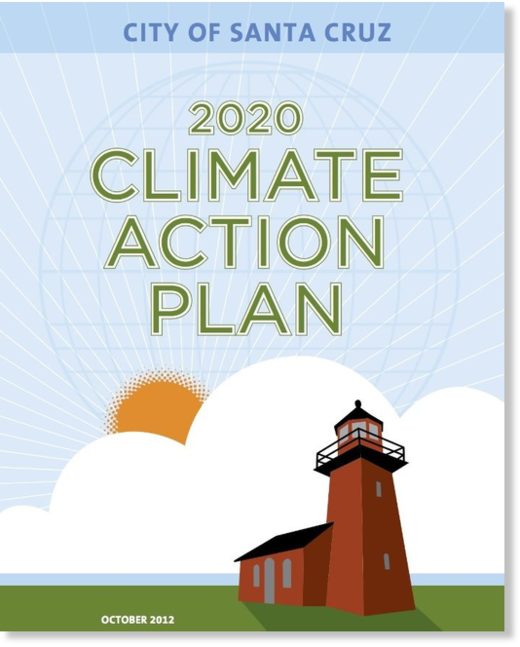
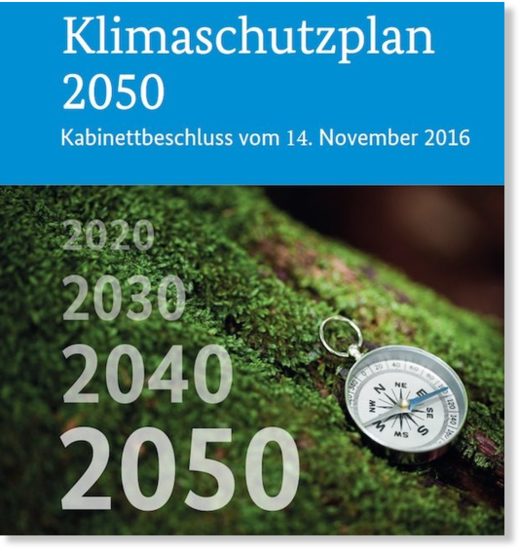
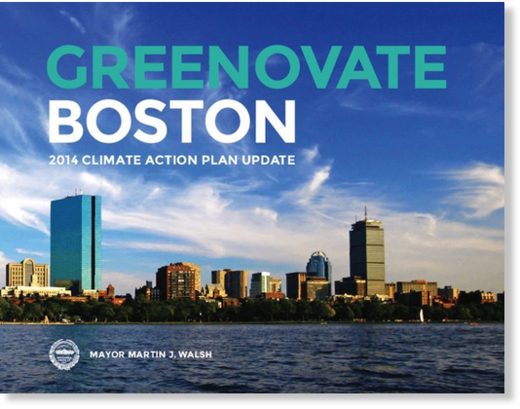
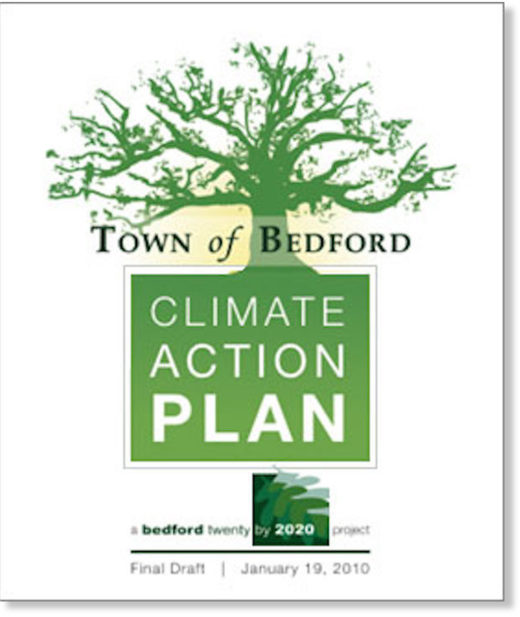
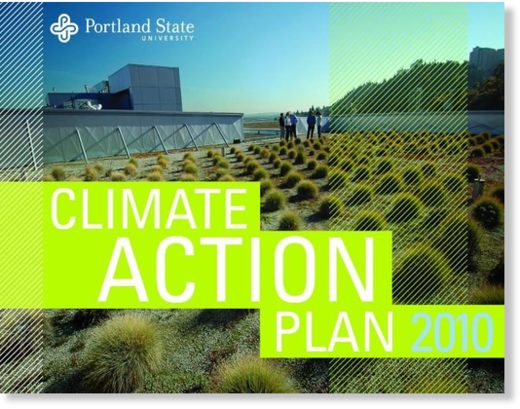
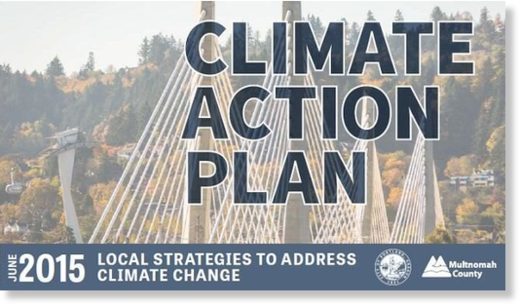
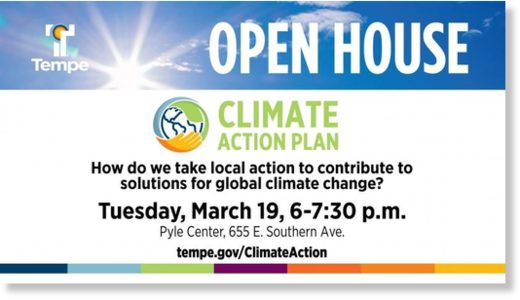
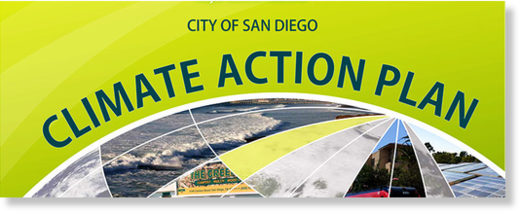

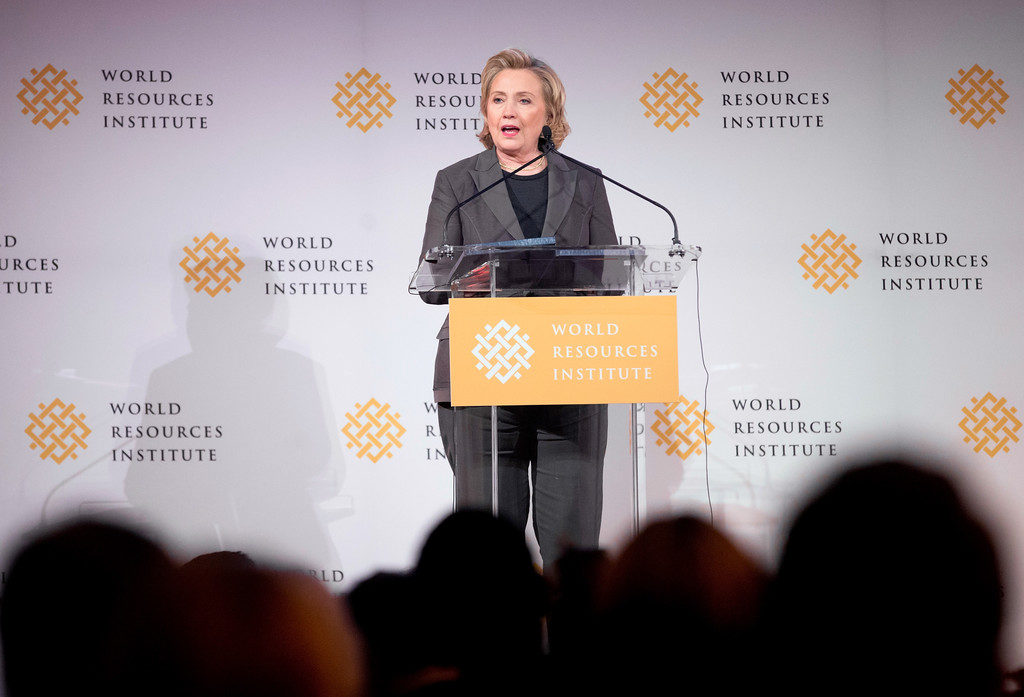

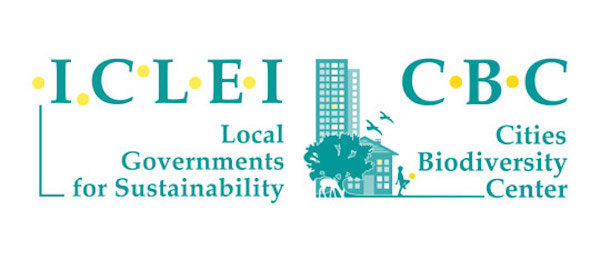



Kommentar: See also: